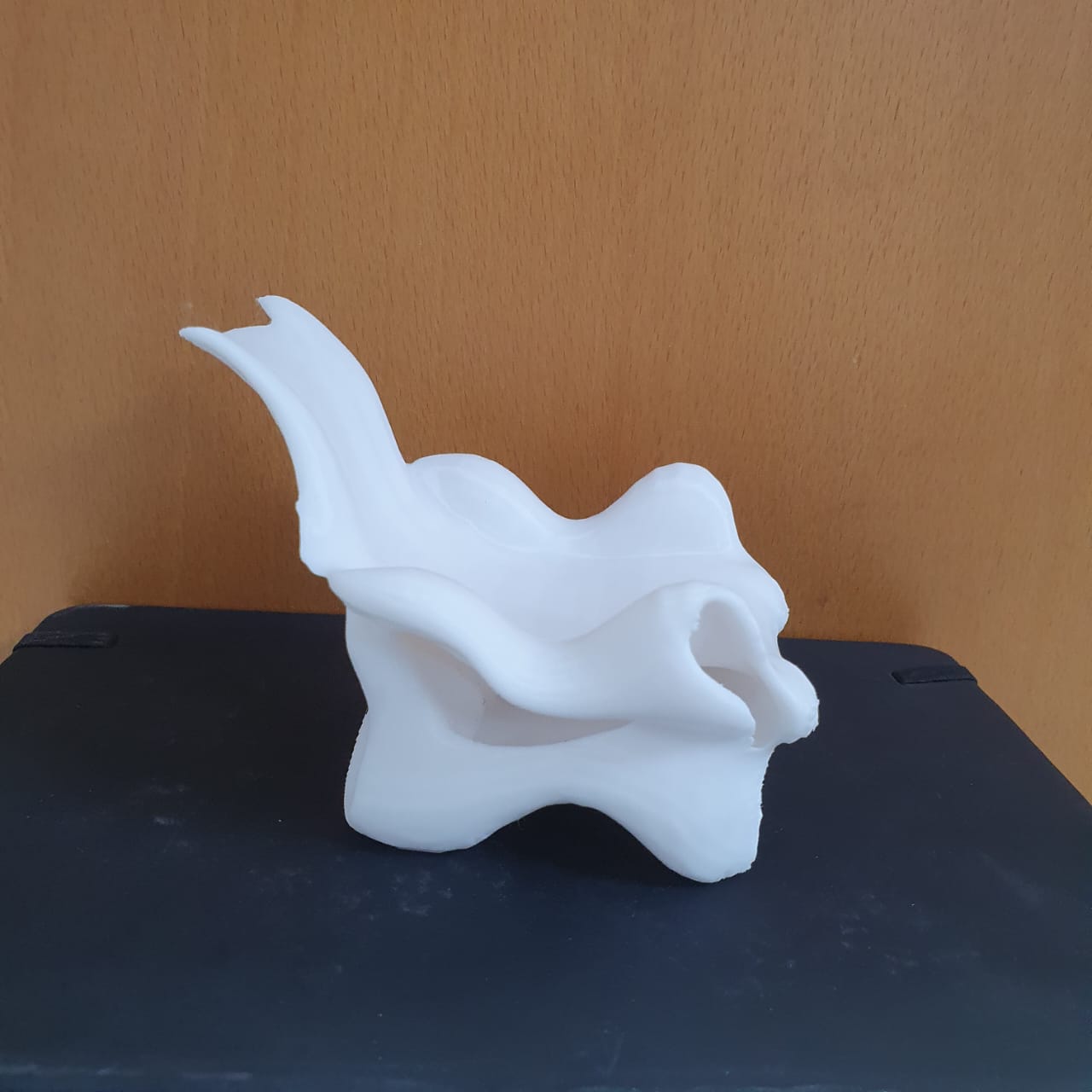
Rapid prototyping through 3D printing is a game-changing process that enables businesses to create physical prototypes quickly, cost-effectively, and with unparalleled flexibility. It streamlines product development, allowing for faster iterations and design improvements, helping companies innovate more efficiently.
By leveraging rapid prototyping with 3D printing, businesses can accelerate product development, reduce time-to-market, and bring innovative ideas to life more efficiently. This process enhances creativity and flexibility while saving costs, making it ideal for industries like automotive, healthcare, consumer goods, and aerospace.
Rapid prototyping using 3D printing involves several key steps to transform your digital design into a physical prototype. Here’s a step-by-step overview:
Q: How long does it take to create a prototype?
Q: What materials can be used for rapid prototyping?
Q: Can I make changes to the design after the prototype is printed?
Q: Is rapid prototyping suitable for low-volume production?

Experience the Future of Creativity, Turn Your Imagination into Reality Through 3D Printing
Website Designed & Developed by Digimaxcreatives.com
